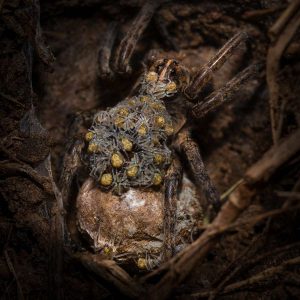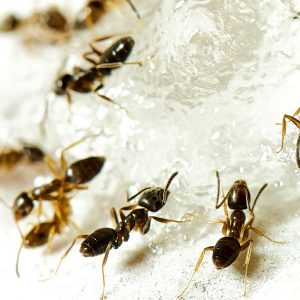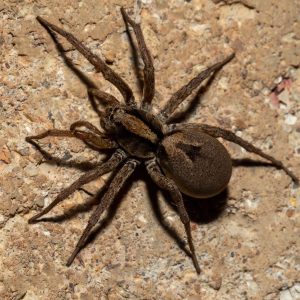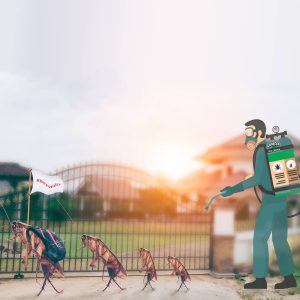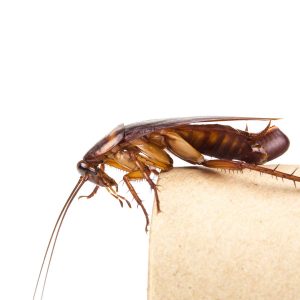We humans share the planet with a lot of other species, and like them, our health depends on the quality of our natural environment. But when human habitats overlap with those of pest species, we often find ourselves fighting the battle with dangerous chemicals and heavy-handed methods. Thankfully, pest control technology has advanced beyond the need for unnecessary damage to our environment. Today’s pest treatment techniques are the result of a partnership between the Environmental Protection Agency (EPA) and the pest control industry. This national standard for methodology is called Integrated Pest Management (IPM), popularly dubbed “green pest control.” But why is green pest control safer than all the methods that came before it?
In this article, we’ll answer this question, as well as several other common queries about green pest control, its methods, effectiveness, and what it entails from a property owner’s perspective.
What Makes Green Pest Control Better?
Green pest control uses applied science to limit unwanted side effects of pest management. IPM certified technicians bring an understanding of pest habitats and behaviors to the job in a way that significantly limits the quantity of chemical solutions needed to keep pests away. And the chemicals they do use are strategically placed into pest habitats in ways that leave virtually zero chance of human exposure.
Many green pest control methods require no chemicals at all, so they represent no safety issues whatsoever. Green pest control technicians often make simple, common-sense recommendations to property owners that help prevent future incursions. For example, trimming shrubs that touch buildings can remove entry points for ants. Caulking around doors, windows, and vents can keep all kinds of pest outside. Sealing trash receptacles can cut off their food supplies. A skilled technician can evaluate your property in the context of the surrounding ecosystem, identifying the pests that live in it and the weaknesses they typically exploit to gain entry to human spaces.
In harsh contrast to green methods, the history of pest control is riddled with tales of mass pesticide applications that harmed beneficial species, contaminated groundwater, and made humans ill. The general rule of thumb with green pest control is to first do no harm to any non-targeted species—especially humans. This requires a close look at pests and pesticides from a combined chemical, biological, and environmental perspective.
How Do Pesticides Harm the Environment?
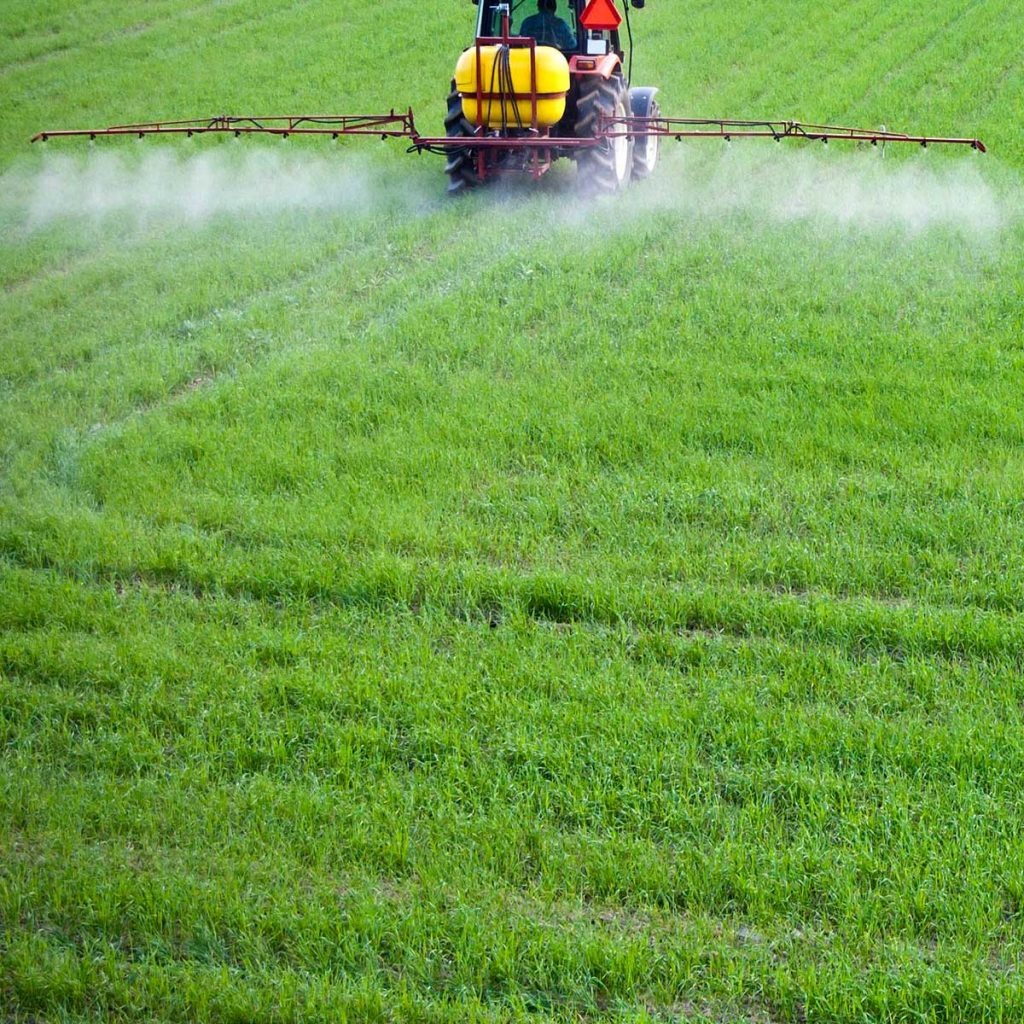
When pesticides are applied by lay people without regard for the environment, they can cause problems for years to come. The ant spray you buy at the hardware store can contaminate well water, exterminate beneficial lawn insects, poison garden produce, and rise into the air where humans and pets can breathe it. If you walk barefoot across a sprayed area, you can absorb significant amounts of pesticide through the soles of your feet. Most commercial pesticides are dangerous to all animals and can kill many beneficial species that are necessary to the healthy functioning of the local eco-system.
How Do Pesticides Harm Humans?
Pesticides kill nearly a quarter million people every year. They can cause genetic changes, nerve and blood disorders, birth defects, Alzheimer’s Disease, ADHD, and cancer. That’s the short list.

Most pesticides are designed to affect the nervous systems of animals, sometimes interfering with neuron activity, sometimes destroying entire neurons. Neurons are the impulse-conducting cells that allow the nervous system to function. They control all muscular activity, including the autonomic functions of breath and heartbeat, so it can be very bad news when neurons stop working. When ingested by humans—even in tiny amounts—pesticides can trigger cancer by:
- Damaging DNA
- Switching genes on or off
- Disrupting hormones
- Inflaming tissues
You may think, no big deal, I eat pesticides on my food every day, and that may or may not be true. But here’s the problem with pesticides: they can build up in your system over a period of years, so the best policy is to do everything you can to keep from ingesting new ones.
Can Pesticides Harm Pets?

Pesticides are harmful to all animals, including pets. They can cause many of the same diseases listed above in four-legged family members, and pets can be more difficult than humans to keep out of danger. Pets can react to pesticides in a variety of ways, including diarrhea, nausea, and excessive drooling. These symptoms often disappear when the animal is removed from the treated environment, and they may not cause any problems beyond temporary irritation.
If your pet directly ingests pesticide or the symptoms persist beyond a couple of hours, it’s probably time for an emergency visit to the vet.
How Eco-Friendly Can Pesticides Actually Be?
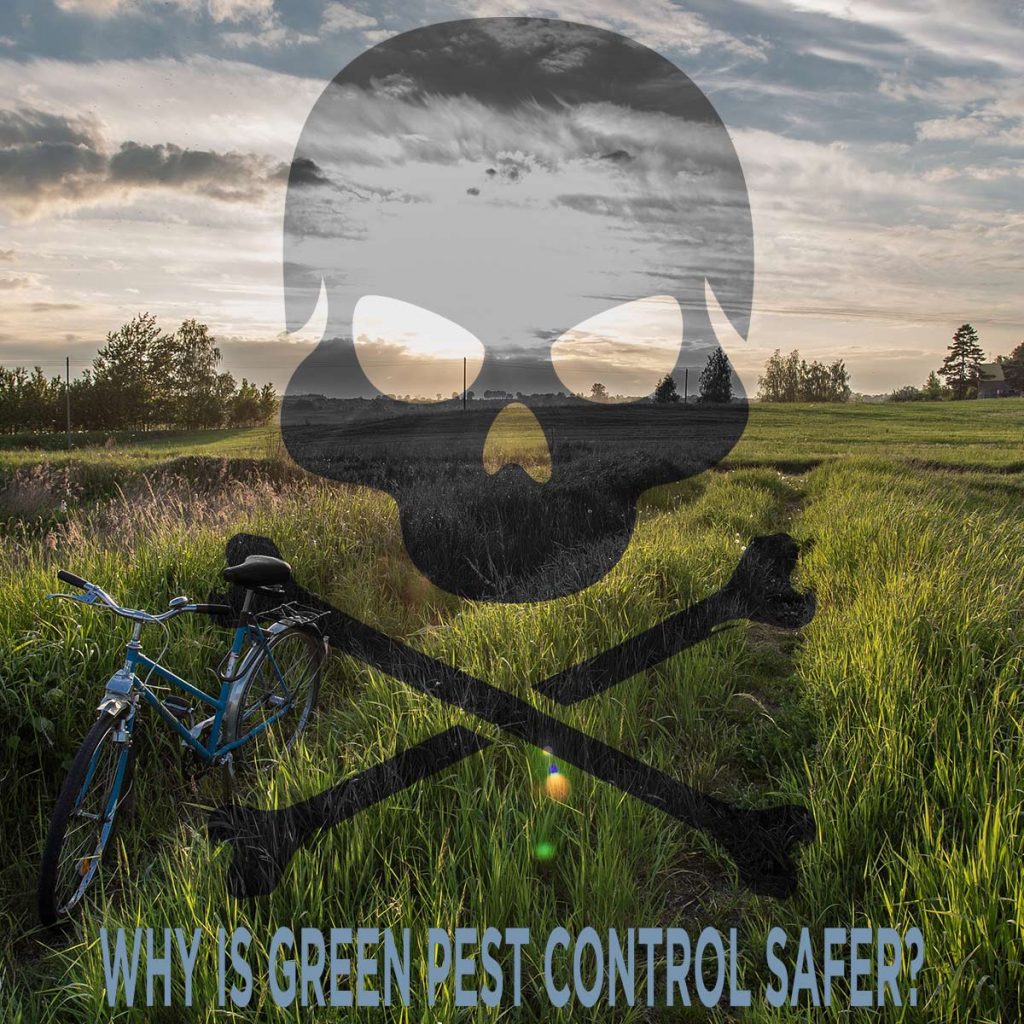
We’ve all encountered the smell of pesticide at some point in our lives. Maybe it was the silverfish war your dad fought under the house when you were a teenager. Maybe it was your mom chasing roaches around the kitchen with a spray can. Maybe you had to deal with a wasp nest above your back door, and you could still smell the poison when you walked by it several days later. Here’s a thought you may not like: if you can smell it, you may be ingesting pesticide through your respiratory system. This is not always the case; pesticides are composed of multiple chemicals, and you may be smelling a solvent or warning agent rather than the pesticide itself. Still, if you can smell chemicals after self-treating for pests, it’s very possible that you’re putting your family and yourself at risk.
Go Green technicians seldom leave odors behind, and if they do, it’s usually the result of a non-harmful ingredient. This is partially due to our chemical application methods; professional-grade applicators allow us to place most chemicals into pest habitats without breaching zones of human exposure. We observe and document weather conditions before applying chemicals outdoors. If wind conditions may put non-targeted species at risk, we change the plan. If humidity or other conditions may compromise the effectiveness of a treatment, we change the plan. This is what Integrated Pest Management is all about; first causing no harm, then tackling the problem in a targeted and effective way.
By using IPM methods, we remove the risks normally associated with pest control, protecting humans, pets, and wildlife.
Does Green Pest Control Really Work?
Historical tidbit: part of the reason for inventing Integrated Pest Management was to prevent the long term problems associated with traditional methods, namely: pest evolution. When you drop a pesticide “atom bomb” into an environment, you may or may not kill all the pests (bedbugs are particularly good at staying alive in a house that’s been heavily treated with pesticides). If you don’t get them all, there’s a chance the survivors will be a little harder to kill, and the next generation a little harder, still. Yes, that Darwin thing is real, and evolutionary changes can happen very quickly in insect populations that suddenly face hostile environmental conditions.
Green/IPM methods are designed to prevent these evolutionary responses from pest populations. We use chemicals and application methods that remove target populations with laser accuracy, leaving no evolutionary “loose ends.” Our methods are so effective that treatments typically last 90 days, rather than the shorter durations associated with traditional methods.
Can Pesticides Harm My Plants?
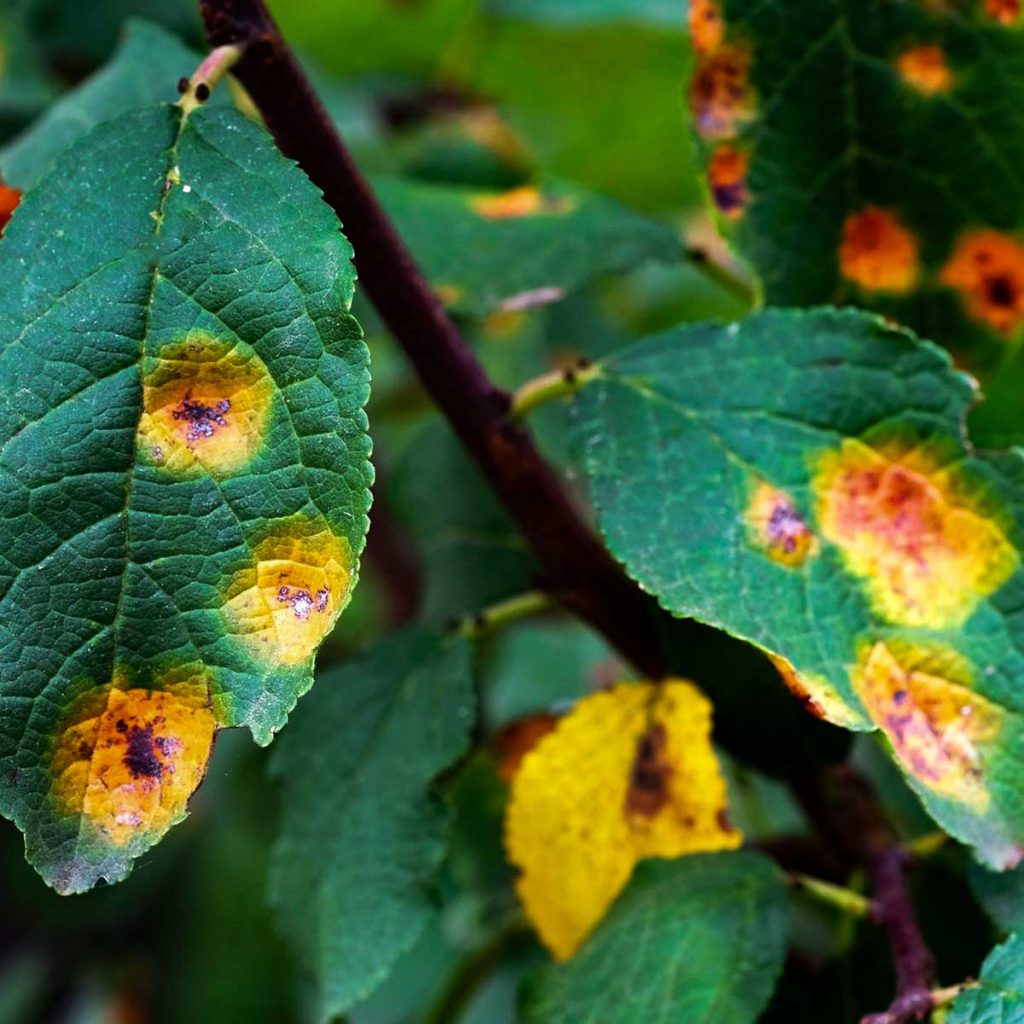
Pesticides are not designed to hurt plants, but they certainly can. They can also stay in the soil for a long time, affecting future growth. This is another situation in which green pest control saves the day; by choosing and applying chemicals in ways that only affect target species, the risk of harm to brush, flowers, lawns, and other plant life is prevented.
Is Green Pest Control Right for You?
In short, green pest control is a matter of working smarter, rather than hitting harder. It is the standard method required for all government contracts, and it’s the preferred option for most business and private customers because it keeps people safe while doing a better job than traditional methods ever did. This is one of those rare situations in which everyone really does win; humans are safe, the environment is safe, and the pest treatments are guaranteed effective.
If this sounds like it may be the right solution for you, let’s start with a consultation. Green pest control makes obvious sense when you can see how it will be applied to your situation. We’ll look over your property and provide a quick overview of options. If you’re interested, we’ll put together an IPM plan for your approval, then go to work making sure you never have another pest problem. If you’re suffering from an infestation right now, we’ll make fast work of it, then suggest options for keeping it under control.
And we’ll do it safely, ethically, and courteously. Learn more on our website about why green pesticides are safer, or give us a call to chat with a Go Green professional: 316-733-0687 in Wichita or 1-785-377-0687 in Manhattan and Junction City.

